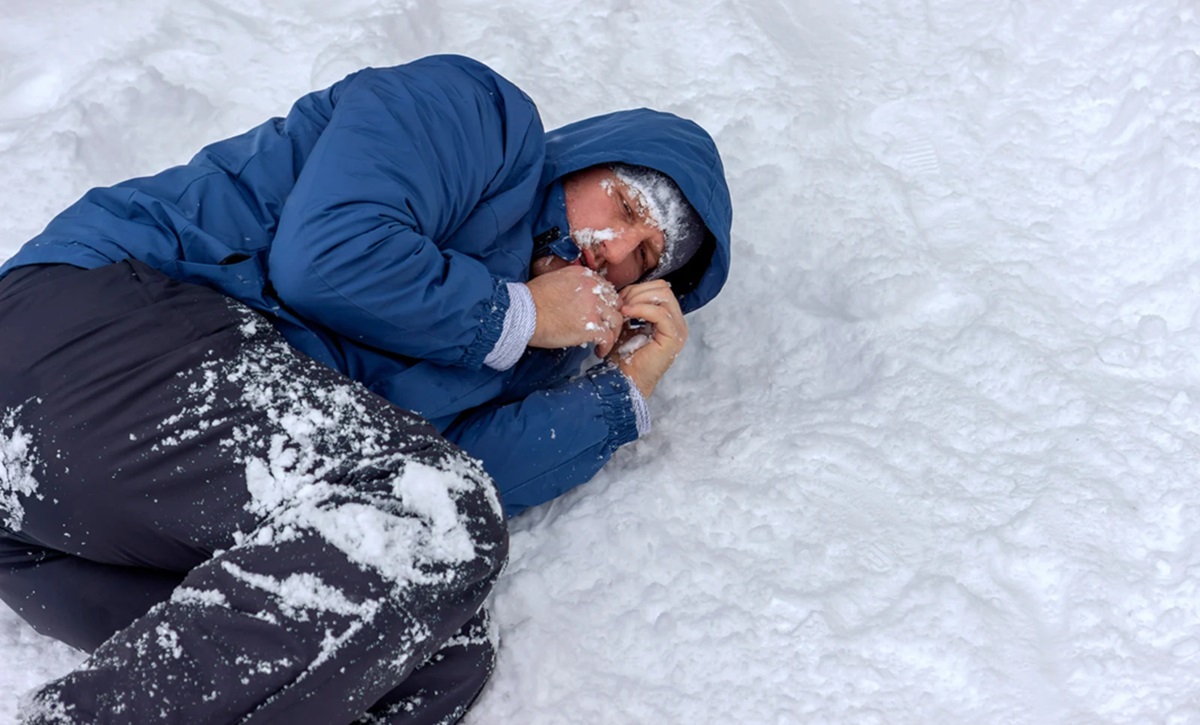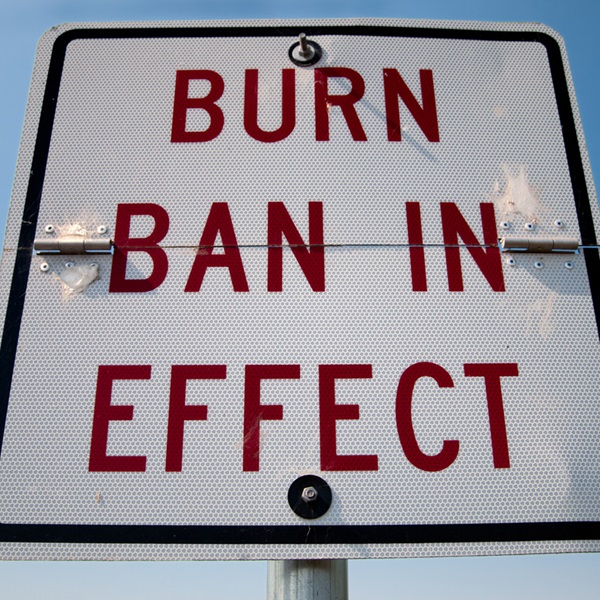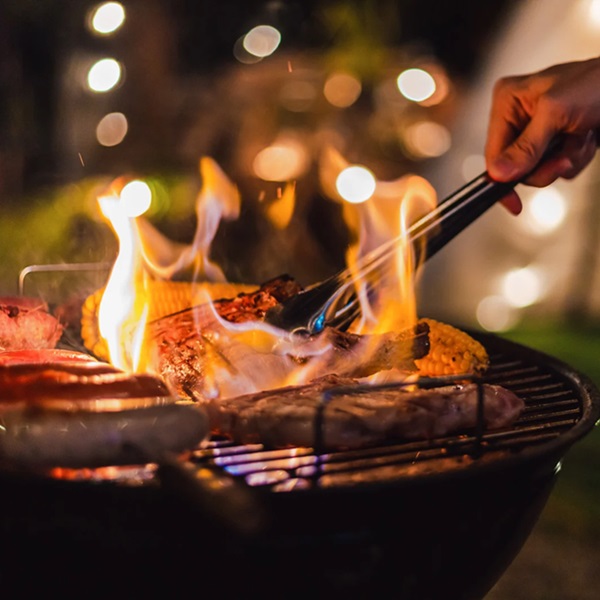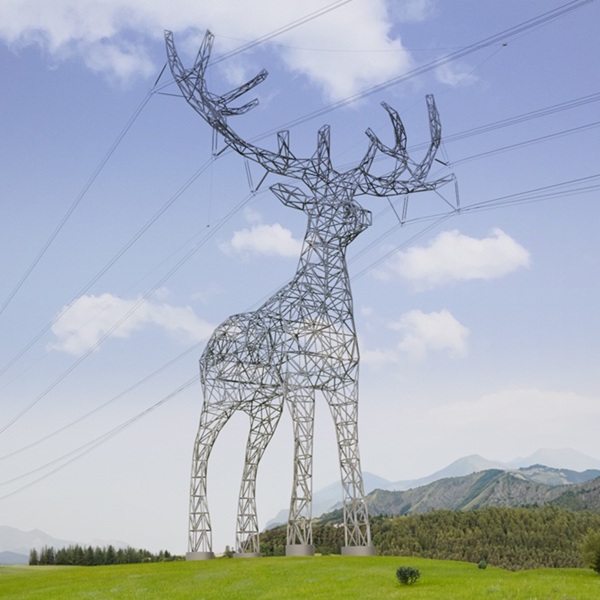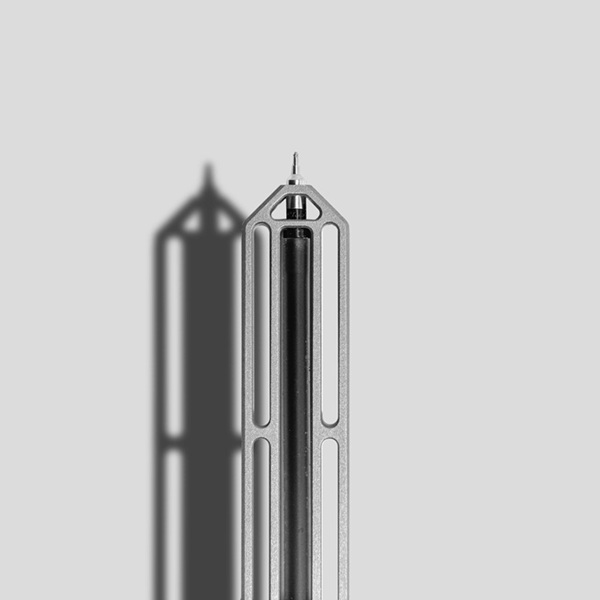
One of the most dangerous threats in cold environments is hypothermia. If left unrecognized or untreated, it can lead to serious complications or even death. Therefore, even if camping is an incredible experience, every camper should know how to prevent hypothermia while camping.
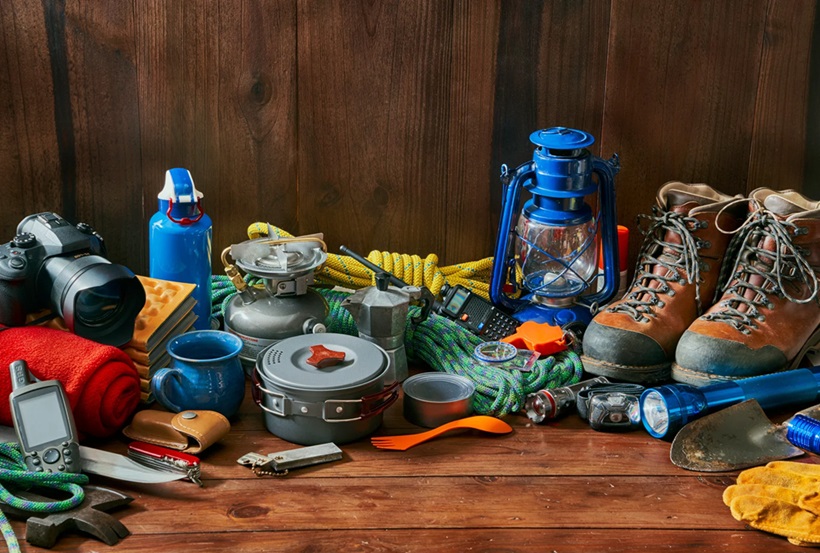
What is Hypothermia?
Hypothermia is a potentially life-threatening condition that occurs when the body loses heat faster than it can produce it, causing the core temperature to drop below 35°C (95°F).

Common hypothermia symptoms:
Uncontrollable shivering
Slurred speech or mumbling
Slow, shallow breathing
Weak pulse
Clumsiness or lack of coordination
Drowsiness or very low energy
Confusion or memory loss
Cold, pale skin
Loss of consciousness in severe cases
How to Prevent and Treat Hypothermia
When camping in cold or wet environments, there are proven strategies to help prevent hypothermia and treat its early signs before it becomes dangerous. By taking proactive steps, you can stay warm, dry, and safe—even in challenging conditions.

Below you can find tips for how to prevent hypothermia while camping.
Use a Sleeping Bag Liner
To improve your sleeping bag’s thermal efficiency, you can get a sleeping bag liner and add an extra layer of warmth.
For maximum insulation, you should choose fleece or thermal liners. Liners are lightweight and compact and help trap body heat more effectively. In addition, they are also easier to wash and keep your sleeping bag cleaner. In cold weather camping, a sleeping bag liner is a simple, efficient tool to help maintain body heat and avoid hypothermia while sleeping outdoors.
Use Water Bottles
Filling a durable water bottle with hot water and placing it in your sleeping bag before bed provides lasting warmth. Target areas like the core, feet, or between thighs to distribute heat effectively. Always use leak-proof bottles designed for hot liquids. This method can be especially useful in emergency situations where other heat sources aren’t available.
Dry Your Sleeping Bag
As moisture reduces insulation, you should always keep your sleeping bag dry by using a waterproof stuff sack during the day and avoiding direct ground contact. If your bag gets damp, you can air it out during daylight. A wet sleeping bag accelerates heat loss and increases hypothermia risk, especially at night when temperatures drop sharply.
Drink Water Regularly
Dehydration reduces your body’s ability to regulate temperature. Therefore, you should drink water regularly, even if you don’t feel thirsty. Warm or room-temperature water is preferable in cold climates.
Additionally, you should avoid alcohol and caffeine, which can lead to fluid loss. Staying hydrated helps blood circulate heat throughout the body and supports energy levels.
Use a Winter Sleeping Bag
Cold ground is a major source of heat loss. To provide insulation, you can use a sleeping pad with a high R-value. You can choose foam or insulated inflatable pads designed for winter camping. Additionally, you should avoid using air mattresses without insulation. A proper pad helps keep your core temperature stable throughout the night.
Wear Layers
Wearing layers allows you to adjust clothing based on activity level and weather changes. Start with a base layer, add an insulating layer like fleece, and finish with a windproof and waterproof outer shell. This method traps heat effectively and prevents sweating, which can lead to rapid heat loss when wet.
Pack Warm Drinks
Carrying a thermos of warm drinks like herbal tea, hot water, or broth can provide immediate warmth and comfort. But you should avoid caffeine and alcohol. Instead, you can drink warm fluids to help your core temperature and keep your energy up. Sipping throughout the day and before bed is especially beneficial in freezing temperatures.
Build a Fire
If conditions and local regulations allow, building a fire provides critical warmth and psychological comfort. But for a successful fire, you should use dry wood and kindling and keep fire-starting tools like waterproof matches or a Firestarter handy.
Build a Sheltered Campsite
To protect yourself from hypothermia, you should choose a campsite shielded from wind, such as natural barriers like trees, rocks, or hills. Additionally, you should avoid valleys where cold air settles. Proper shelter placement prevents excessive heat loss overnight and protects you from exposure to windchill. Therefore, building a sheltered campsite prevents hypothermia development.
Maximize Tent Insulation
To retain warmth in your tent, you can use a tent footprint to prevent ground moisture. Additionally, you should close ventilation flaps when it is safe to do so. You can also add a reflective blanket to the ceiling. Furthermore, you can insulate the floor with extra clothing or foam mats.
Eat High-Energy Snacks
Eat high-energy, nutrient-dense snacks like nuts, cheese, jerky, and energy bars to fuel your body. Digestion produces heat and helps maintain core temperature. Snacking throughout the day and before sleep keeps your metabolism active, which is essential for internal heat generation in cold environments.
Protect your Head
Up to 10% of body heat can be lost through the head. Therefore, you should wear a hat or beanie, especially when sleeping. You can maintain the best insulation with fleece or wool materials. To retain heat, you should avoid going to sleep with a wet head and always cover your head in windy or freezing conditions.
Safety Around Hypothermia and Clothing
Avoid cotton clothing, which retains moisture and loses insulation when wet. Opt for quick-drying, moisture-wicking fabrics. Change out of damp clothes immediately and store dry backups in a waterproof bag. Always pack extra socks, gloves, and base layers to stay dry and safe from hypothermia risks.
Signs of Mild Hypothermia
Recognizing early symptoms is key. Mild hypothermia presents as shivering, cold skin, and slight confusion. Victims may also feel fatigued or clumsy. Immediate action—warming the body, changing clothes, and sheltering from wind—can prevent progression. Lastly, never ignore early warning signs, even if they seem minor in the moment.
Tent Brush
Using a tent brush keeps your shelter clean and dry. Remove snow, leaves, and moisture to prevent dampness inside the tent. This helps maintain insulation and avoids condensation buildup, which can lead to wet gear and increased hypothermia risk, especially during long or multi-day trips.

